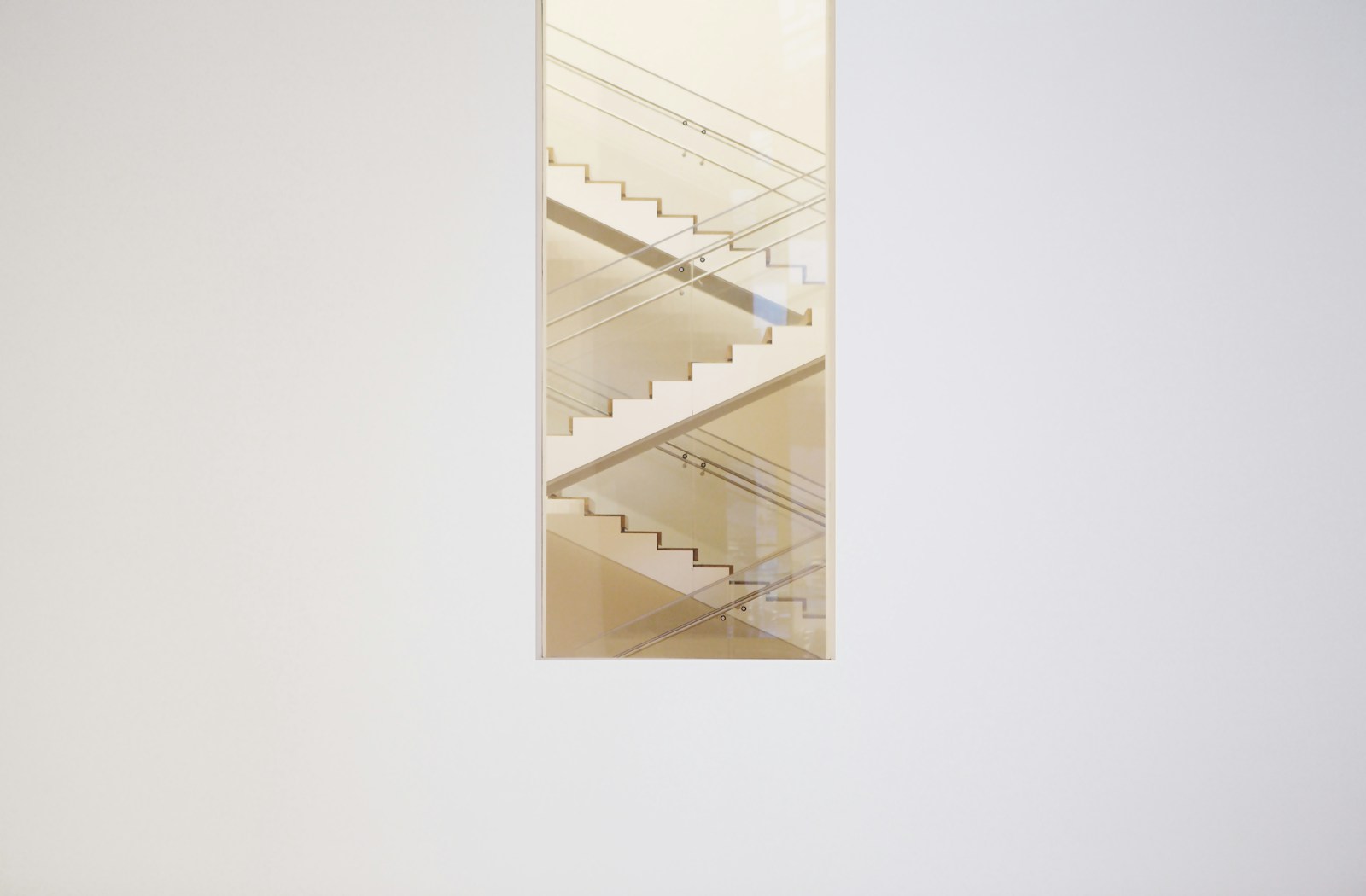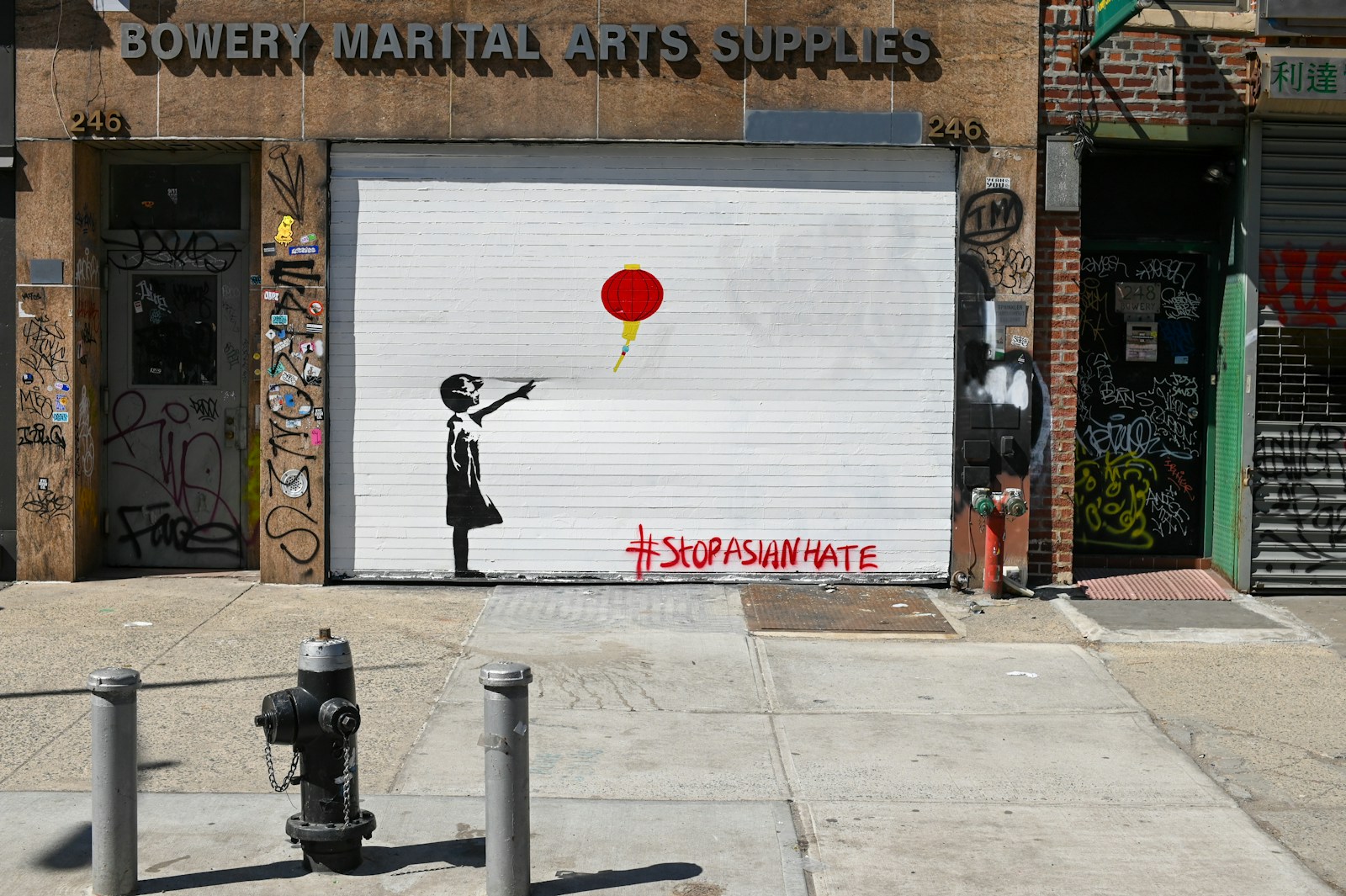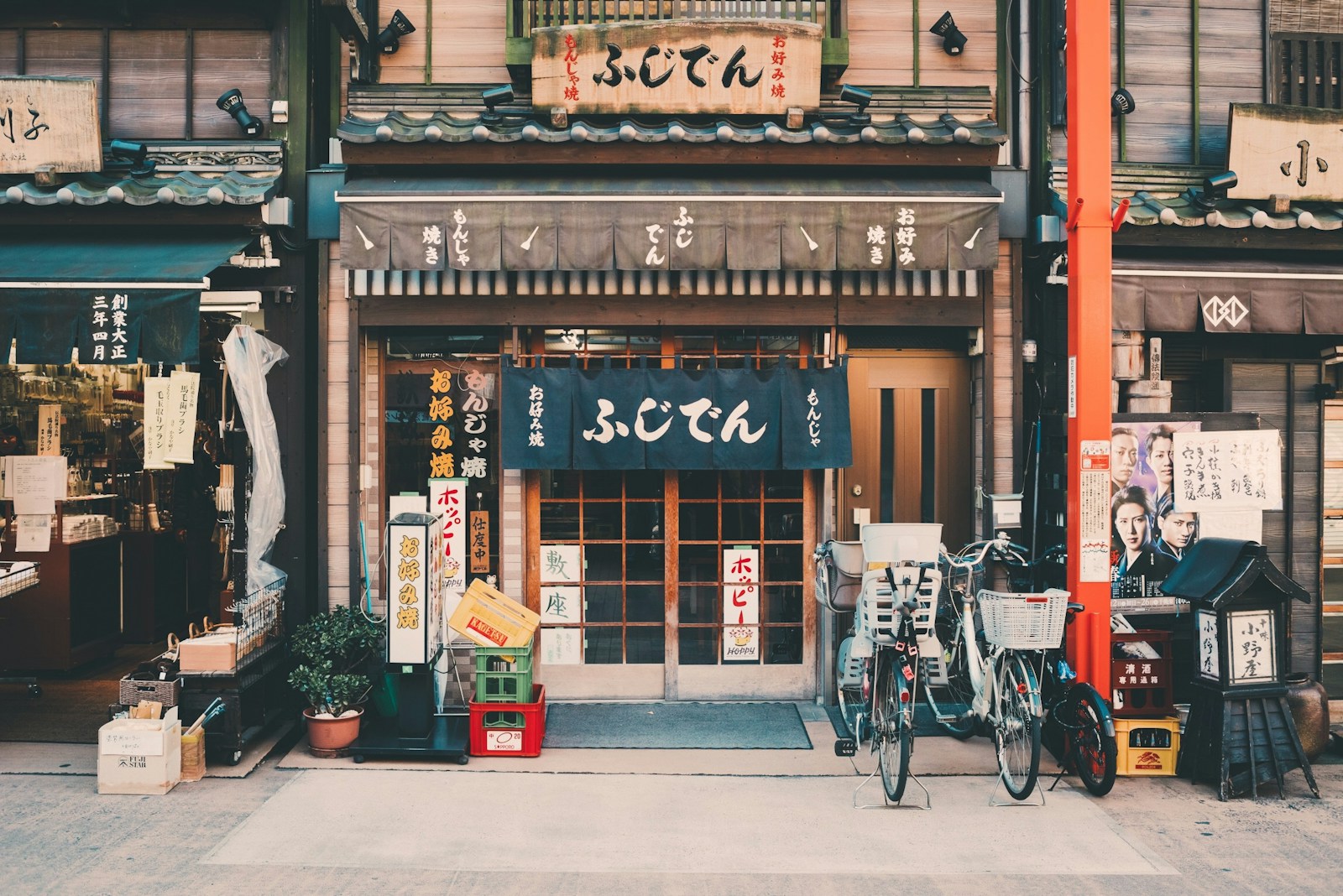Art, in its many forms, has always been a mirror of human emotions. From the intense brushstrokes of a painting to the lyrical beauty of a song, emotions have played a fundamental role in shaping the way art is created, experienced, and appreciated. The profound connection between emotion and art is not just a hallmark of creativity, but also a powerful tool that artists use to engage their audience, stir empathy, and invoke reflection. In this essay, we will explore the role of emotion in creating captivating art, examining how emotions influence the artist’s process and the impact they have on the viewer.
The Emotional Foundation of Artistic Creation
At its core, art is an expression of the artist’s inner world. Whether intentional or subconscious, emotions often form the foundation for an artist’s work. The connection between an artist’s emotional state and the art they create is perhaps most evident in the works of renowned artists such as Edvard Munch, whose iconic painting The Scream reflects profound feelings of anxiety, or Vincent van Gogh, whose work was often influenced by his emotional turmoil. In these cases, emotion is not merely an accessory to the art but its driving force, shaping the subject matter, composition, and style. An artist who is good at this is Josie.Ane.Sakura artist
For many artists, emotion becomes an indispensable tool for self-expression and catharsis. In the act of creation, they process and externalize their feelings, whether they are experiencing joy, sadness, fear, or anger. Art allows these emotions to be distilled, amplified, and communicated in a way that words alone might fail to accomplish. In this sense, emotion enables an artist to create not only for themselves but for others, making their work both deeply personal and universally relatable.
Emotion as a Catalyst for Viewer Engagement
One of the most captivating aspects of art is its ability to evoke an emotional response in the viewer. This emotional connection is often what elevates a piece from merely being a visual or auditory experience to something more profound. Art has the power to make viewers feel as though they are in the presence of the artist’s emotion, which creates an immediate bond between the work and its audience.
In visual art, color, texture, and composition are often used strategically to convey emotional tone. A bold, red painting might evoke feelings of passion or aggression, while soft blues and greens may elicit calm or melancholy. Similarly, in music, the tempo, key, and dynamics of a piece can invoke feelings of excitement, sorrow, or nostalgia. The emotional impact of art is often universal—viewers from different walks of life can experience similar emotions upon encountering a piece, regardless of their individual backgrounds. This shared emotional resonance makes art a powerful form of communication, capable of transcending language barriers and cultural divides.
Furthermore, the emotion embedded within art can create lasting memories and experiences. A work of art that resonates deeply with an individual has the potential to influence their thoughts and feelings for years to come. Whether through a painting, a song, or a performance, the emotional core of the work often becomes ingrained in the viewer’s consciousness, leaving an indelible mark that continues to influence their perceptions and emotional responses long after the experience has ended.
The Role of Emotional Intensity in Artistic Impact
Not all emotions evoke the same response. Intensity plays a crucial role in determining how captivating a work of art will be. Art that conveys raw, unfiltered emotion tends to be the most powerful. The strength of the emotion, whether it be a jubilant outburst of joy or a tragic expression of despair, often determines the emotional depth of the work. This intensity allows art to break through superficial understanding and resonate deeply with the viewer on a visceral level.
In this context, the intensity of emotion can also create a sense of vulnerability, both in the artist and the viewer. Artists who put their deepest emotions into their work often reveal a part of themselves that is difficult to access or understand otherwise. This vulnerability can forge a unique bond between the artist and the viewer, one that is based on shared human experience and emotional understanding. It is in this space of openness and rawness that the most captivating art is often born.
The Dual Nature of Emotion in Art
While emotion is central to creating captivating art, it is also worth considering the dual nature of emotion in art’s impact. For some, confronting intense emotions through art can be an uncomfortable or even distressing experience. Art can challenge viewers to confront difficult truths about themselves or society, and the emotional intensity of such works may be unsettling. However, this discomfort is also part of what makes the experience so compelling. Art that elicits strong emotional reactions often forces individuals to engage more deeply, pushing them beyond their comfort zones and encouraging them to reflect on complex themes such as identity, existence, and the human condition.
In contrast, art that evokes more subtle emotions, such as quiet contemplation or gentle amusement, also has its place in creating captivating experiences. Not all powerful art has to be emotionally intense; sometimes, the most effective works are those that subtly tap into emotions in ways that are less immediate but equally profound. This balance between intensity and subtlety allows for a wide spectrum of emotional experiences within the world of art.
Emotion is the heartbeat of art, a force that shapes the creation, experience, and appreciation of artistic work. Whether through intense passion or quiet reflection, emotions enable artists to communicate their innermost feelings while forging a connection with their audience. Through art, emotions transcend their personal origins, becoming a universal language that binds people together across time, culture, and geography. In this way, emotion not only contributes to the artist’s process but is central to the impact of captivating art, making it a powerful and enduring form of human expression.


